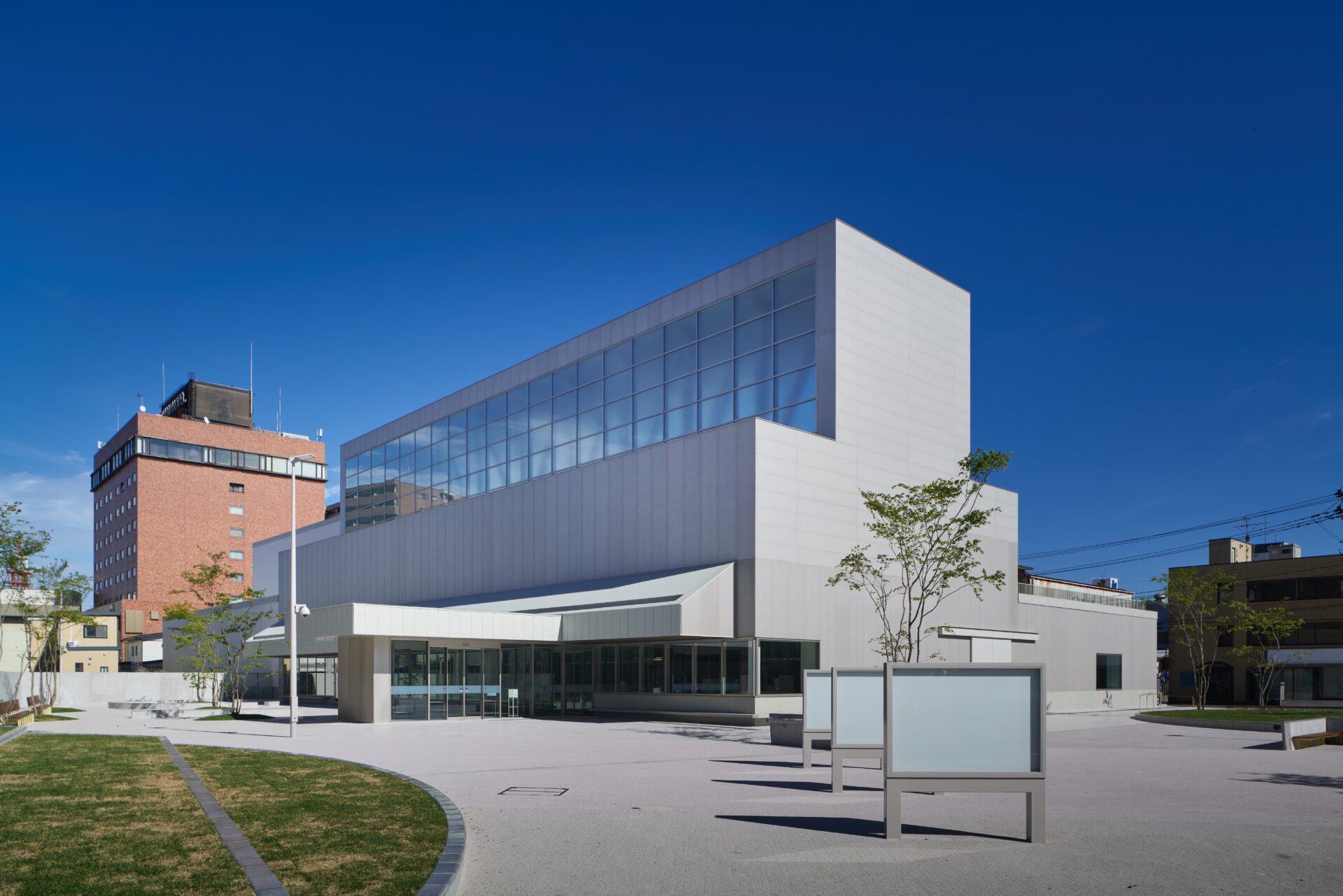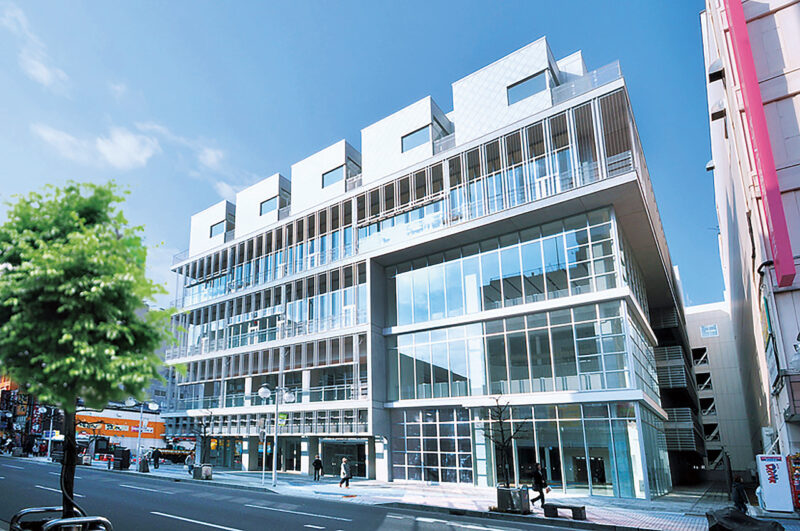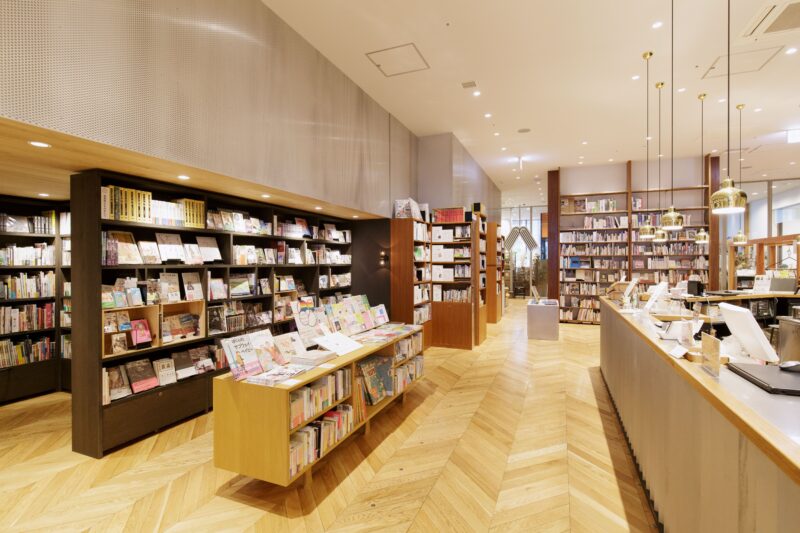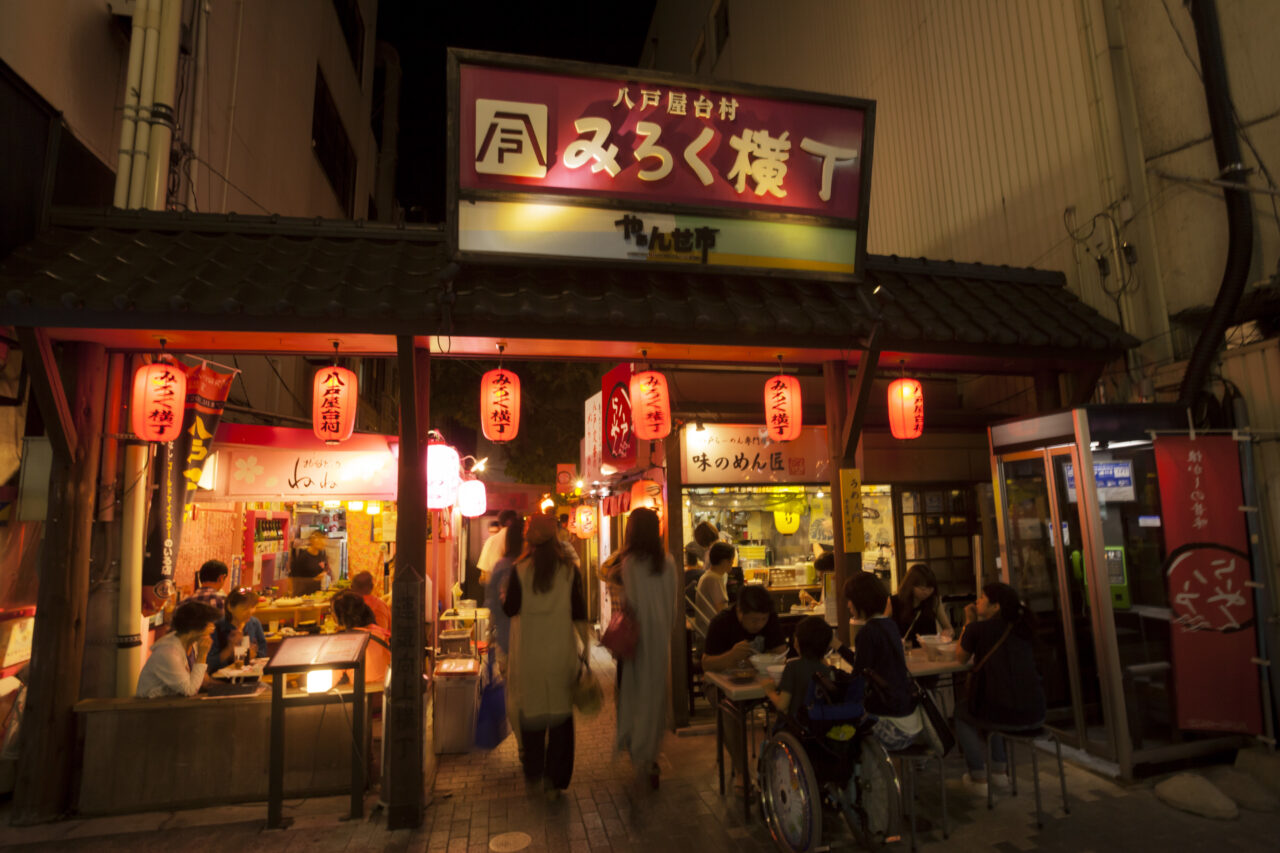CONTENT
SANRIKU INTERNATIONAL ARTS FESTIVAL MODEL TOUR REPORT
- 2022
- suggested-route
- Interact
- Experience
- Appreciation
Trip to Meet Young Practitioners of Folk Performing Arts 3 days and 2 nights
Sep. 9th – 11th (Fri – Sun)
Route: From Tokyo to Hachinohe to Hirono to Hachinohe to Tokyo
This year at the Sanriku International Arts Festival, a new attempt was made. It was a two-day event, where young local folk performing artists and high school students who are considered as the successors of the folk performing arts (Geinoh) gathered. At the Geinoh Meeting on September 10th, young people involved in Geinoh exchanged ideas, and at the Sanriku Future Geinoh Festival on September 11th, five groups performed. With the participation of professional taiko artists, the young Geinoh practitioners said that they took great inspiration from the experience.
Hirono Town , where the event was held, is located at the northernmost tip of the coastal area of Iwate Prefecture and adjacent to Aomori Prefecture. The nearest train station is Hachinohe. As such, we embarked on a 2-night, 3-day trip to enjoy the culture and cuisine of Hachinohe, and to appreciate the blessings of nature and history of Sanriku that extend across the prefectural borders of Aomori and Iwate.
Itinerary of the Model Tour
| Itinerary | Remarks | |
|---|---|---|
| 09:08 | Depart Tokyo Station for Hachinohe Station | Tohoku Shinkansen |
| In Hachinohe | ||
| 13:00 | Hasshoku Center | Hasshoku Center Bus |
| 15:30 | Hachinohe Art Museum Book Center Hacchi Machiniwa | |
| 18:00 | Miroku Yokocho |
Day 2: Saturday, September 10th
| Itinerary | Remarks | |
|---|---|---|
| In Hachinohe | ||
| 9:37 | Depart Hachinohe Station for Same Station | JR Hachinohe Line bound for Kuji |
| 10 : 00 | Kabushima Shrine Marient: Hachinohe City Marine Science Museum | |
| 11:30 | Tanesashi Coast Information Center | |
| 12:30 | Tanesashi Coast Trekking (Recommended) | |
| In Hirono | ||
| 15:01 | Depart Tanesashi Coast Station for Taneichi Station | JR Hachinohe Line bound for Kuji |
| 16 :00 | Geinoh Meeting at Hirono Chomin Bunka Kaikan Cecilia Hall | |
| 19 :02 | Depart Taneichi Station for Hon-Hachinohe Station | JR Hachinohe Line bound for Hachinohe |
| Itinerary | Remarks | |
|---|---|---|
| In Hachinohe | ||
| 06:13 | Depart Hon-Hachinohe Station for Mutsuminato Station | JR Hachinohe Line bound for Kuji |
| 07:40 | Tatehana Wharf Morning Market | |
| In Hirono | ||
| 09:44 | Depart Mutsuminato Station for Taneichi Station | JR Hachinohe Line bound for Kuji |
| 10:00 | Hirono Suisankaikan UNIQUE Hamanasu Tei | |
| 13:00 | Sanriku Future Geinoh Festival at Cecilia Hall | |
| 17:44 | Depart Taneichi Station for Hachinohe Station | JR Hachinohe Line bound for Hachinohe |
| 19:06 | Depart Hachinohe Station for Tokyo Station | Tohoku Shinkansen |
Day 1: Friday, September 9th
The Gateway to the Northernmost Part of Iwate Prefecture, Hachinohe in Aomori Prefecture
A colorful bus illustrated with squid and fish was parked at the rotary in front of Hachinohe Station. It was a bus bound for the Hasshoku Center. The Hasshoku Center is a large market where you can find literally all the local Hachinohe products, including a fish market where you can eat on the spot, food stands selling takoyaki and other dishes, dried goods shops, teahouses, confectionery shops and souvenir shops. Fresh seasonal food items abound. You can even grill oysters and scallops on a shichirin (a type of small Japanese charcoal grill). It’s a paradise for foodies, where you can also enjoy local dishes such as Senbei-jiru (rice cracker soup). It’s a real steal of a deal to be able to come to this paradise for only 100 yen by bus from Hachinohe Station!

After satisfying our hunger, we headed to the central part of Hachinohe. Because all of the attractions were within walking distance, we decided to take a stroll around the area. The Hachinohe City Museum of Art near the city hall opened in November 2021. When we entered the museum, we could still smell the newness of the building. It felt so good to be in this wide open space with its high ceiling all painted in white. The space can be freely reconfigured with movable shelves and curtains depending on the exhibition or event. The restrooms were designed so that they could one day become gender-neutral. All of these architectural aspects make the museum an attractive hub, filled with the potential to serve a diverse population.

If you head towards the shopping district, one place you should definitely stop by is the Hachinohe Portal Museum Hacchi. If you don’t know much about Hachinohe, this is a cultural tourism and exchange center where you can learn a lot. The first floor has an event space and introductory exhibitions that invite you to learn about local artists and various tourist destinations, while the second and third floors showcase all the charms of Hachinohe, including seafood and agricultural products, festivals, morning markets, industries and crafts, folk performing arts and sports. The exhibition spaces are designed with a Japanese touch, with some areas set up as semi-private rooms and tunnels, making it fun to explore its many viewpoints. Additionally, the fourth floor has manufacturing and sales space for supporting local artists’ entrepreneurship. The fifth floor is a live-work studio, where artists can both create and have a place to stay. In the lobby, there is a space for high school students to study, making this museum a place where various cultures intersect.

Across from Hacchi is the glassed-in, covered square called Hachinohe Machinaka Hiroba Machiniwa, another cultural spot in Hachinohe. This is a hang-out place where young people often sit and chat. It’s also used as a multipurpose space for events and gatherings. If you walk through Machiniwa, you will come to the Hachinohe Book Center. When you enter the bookstore, the smell of coffee wafts through. This is because there is a small café space where you can relax and read books. This is by no means the only place to relax, however. There are many sofas of various designs placed throughout the store. There are also hammock seats and a tatami room called Miura Tetsuo Room, named after a well-known philosopher from Hachinohe. Given this variety, you can surely find your favorite spot! The books you pick up here might become some of the special books in your life. Recurring events such as exhibitions are held here too. There are booths to “contain” writers so that they can focus on their writing, and the bookstore also assists writers with publishing and giving workshops. Moreover, it is a rare thing to see in all of Japan, a store that is operated by the municipal government. Hacchi, Machiniwa, and the Book Center are all supported by the City for the enjoyment of culture, making this an attractive place where you’ll want to sit back, relax and stay a while.

As the day turned into night, we were drawn to the narrow, warmly lit alleys. Hachinohe has eight alleys that still retain the atmosphere of the Showa era, lined with small izakayas, ramen shops, snack bars, restaurants featuring international cuisine, and more. As we strolled along the alleys Miroku Yokocho, Tanuki Koji, Harmonica Yokocho, and Nagayokocho Rensa-gai, we began to see adults, already a little tipsy, having a good time at the bars and restaurants from around 6:00 pm. We also saw people going from food stall to food stall and exchanging friendly greetings like “Good evening!” and “Long time, no see!” We were fully immersed in the warmth of the local atmosphere, and the cozy night passed by.
1 Trip to Encounter Rich and Colorful Folk Performing Arts 3 days / 2 nights Sep. 23 – 25 (Fri, holiday – Sun) Route: From Tokyo to Ichinoseki to Ofunato
3 Trip to Otsuchi: Meeting the Town of Folk Performing Arts 3 days / 2 nights Oct. 14 – 16 (Fri – Sun) Route: From Tokyo to Morioka to Otsuchi to Morioka to Tokyo